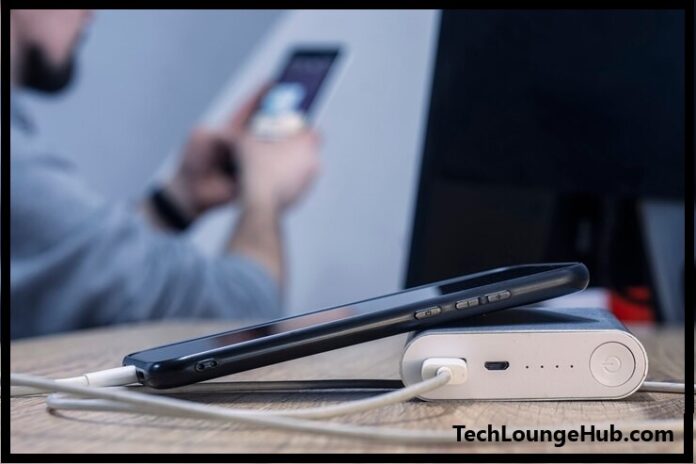In the ever-evolving landscape of technology, USB-C Cable has risen to become the standard port for many devices, offering unprecedented speeds and a range of capabilities that have redefined the way we interact with our gadgets. With this increased functionality and versatility, understanding how to test the speed of your USB-C cable has become paramount for tech-savvy consumers and professionals alike. In this comprehensive guide, we’ll delve into the intricacies of USB-C cable speed testing, equipping you with the knowledge to ensure maximum efficiency and performance.
The Evolution of USB-C and Its Significance
Before diving into the nitty-gritty of testing USB-C cable speeds, it’s essential to understand what makes this technology so game-changing. Unlike its bulkier predecessors, the USB-C connector is small, reversible, and capable of not just transferring data but also charging devices and connecting to external displays. This level of functionality, combined with the potential for high-speed communication, makes USB-C a cornerstone of modern tech used in laptops, smartphones, and a myriad of other consumer electronics.
USB-C Cable Speed Essentials
The USB-C cable is at the heart of this rapid data exchange. Although physically identical, not all USB-C cables offer the same speed. Several factors can impact how fast a USB-C cable can transfer data, including its build quality, the technology it’s based on, and the devices you’re connecting.
Navigating the USB-C Speed Specifications
To demystify the speed of USB-C cables, we need to look at the different specifications they might fall under:
- USB 2.0: The most basic USB-C cable offering standard speeds.
- USB 3.0: An older version that provides a significant speed boost from USB 2.0, marked by the blue color inside the USB connector.
- USB 3.1 and Above: These versions offer the highest data transfer speeds and are typically used for more data-intensive tasks.
Understanding which standard your cable adheres to can eliminate speed-related surprises and set realistic expectations.
How to Accurately Test USB-C Cable Speed
To ensure you’re getting the speeds you expect from a USB-C cable, you’ll need the right tools and knowledge to execute a proper test. Here, we’ll walk through several methods for you to gauge the speed and efficiency of your USB-C cable connections.
Using Benchmarking Tools
Benchmarking software such as PassMark or CrystalDiskMark can be invaluable for measuring the read and write speeds of your USB-C cable. These tools not only provide data transfer speeds but can also compare your device’s performance with others to benchmark its relative strength.
Testing Data Transfer Rates
For this method, you’ll need a file of a known size and a stopwatch. By transferring the file between two devices via your USB-C cable and timing the transfer, you can calculate the average data transfer rate.
Assessing Power Delivery (PD) Capabilities
USB-C cables often serve dual roles, powering one device from another or providing data. The energy that a USB-C cable can deliver is measured in watts. Using a device that can display the power input can help you verify the power delivery is functioning as expected.
Common Issues and Troubleshooting for USB-C Cable Speed
Even with the latest and most excellent cables or devices, speed hiccups can still occur. Here, we’ll explore some common issues you might face when testing your USB-C cables and how to address them.
Identifying Potential Issues
Inconsistent read or write speeds, devices not recognized, or frequent disconnections can all point to underlying issues with your USB-C cable’s speed. Understanding these symptoms can help you root out the cause more effectively.
Troubleshooting Steps for Slow Speeds or Connectivity Problems
When encountering a slow USB-C cable, it’s crucial to identify whether the problem lies with the cable, the ports themselves, or the devices at either end of the connection. We’ll provide a step-by-step framework for diagnosing and rectifying these issues.
Tips for Selecting High-Quality USB-C Cables
High-quality USB-C cables can ensure that you’re not just testing for maximum speed but actually experiencing it in your day-to-day usage. We’ll share some key pointers to consider when purchasing USB-C cables to optimize for speed and reliability.
Factors to Consider
Factors such as the material of the cable, its length, and any additional features like metal housings or reinforced connectors all play a role in the cable’s quality and, consequently, its speed. Understanding which elements to look out for can lead you to make informed choices.
Reading Reviews and Checking Certifications
Cable reviews often contain valuable insights into the real-world performance of a product. Additionally, seeking out USB-C cables that are certified by official organizations like USB-IF can guarantee a certain standard of quality and speed.
The Importance of Testing USB-C Cable Speed
In a world where time is money and efficiency is king, the speed of your USB-C cables is not something to take lightly. Testing these speeds can uncover bottlenecks, enable you to make the most of your technology, and future-proof your setups for the coming advancements in USB-C protocols and devices.
Final Thoughts and Recommendations
As you journey through the world of USB-C technology, arming yourself with the knowledge and practices outlined in this guide will not only ensure that your devices are operating at peak performance but also empower you to troubleshoot effectively when things don’t go as planned. Remember, testing your USB-C cable speeds is not just a one-time task; it’s a practice that should be regularly undertaken to keep abreast of any issues and maintain an efficient, modern tech ecosystem.
